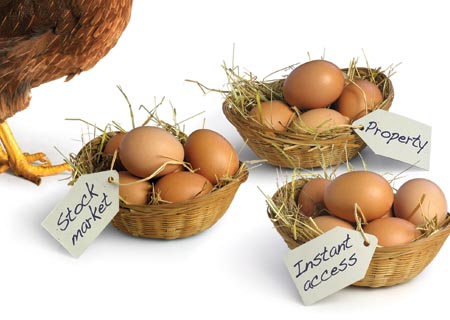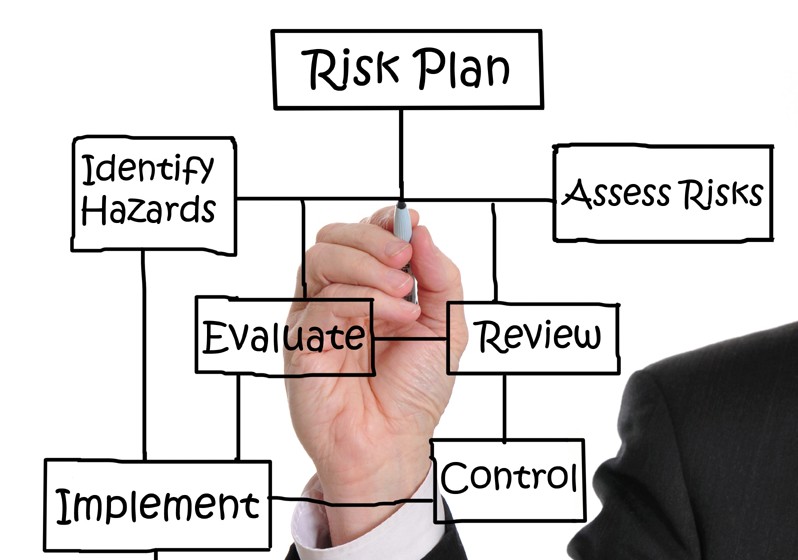What is investment? Isn’t it just buying and selling an asset? That was what I thought so too when I first began investing. Along the way, I learnt a great deal about what investment is about. It goes beyond just buying and selling. I remember when I first begun investing, the questions that went through my head were questions like “What stocks should I buy?” or “How much does it cost?”. It was simple as that. Perhaps like me, you asked yourself these two questions and found your answers. Subsequently, the ‘Buy’ button was clicked and now you own your very own stock. You were happy, with emphasis on the word ‘were’. Maybe you got lucky, things went your way for awhile, and suddenly it happened. Your stocks went from profit to loss. You’re not alone and it’s not uncommon. When losing, you begin to enter the denial phase and convince yourself that it’ll go back up again. Weeks passed, and you suddenly realise that you’re holding onto a 20% loss. What now? Now, you learn that investing is not just buying and selling.
I’ve been there and done that, but most importantly, I’ve learnt from it and I want to share with you the lessons I’ve learnt so you don’t have to go through it yourself. But just like investing, easy to understand, hard to apply. However, I will still attempt to offer some practical tips that I use in my investment process. “Investment process”? You mean it’s not just buying and selling? Plainly speaking, it is, but there’s more to it. There’s a whole lot of thought process going on before the ‘Buy’ button is clicked.
The Plan
“If you fail to plan, you plan to fail.” – The overused quote indeed. But it’s only because indeed, it works. Here are some of the questions that go through my mind before I click that ‘Buy’ button.
- What is this company that I am about to buy involved in? What is its business like and is it profitable? – This is your fundamental analysis phase.
- What’s the price now, can it fall further or should I take action now? – This is your technical analysis phase.
- What price am I going to buy at, and why? – Based on the above two analyses.
- If I buy at $X, when do I take profit and when do I stop my losses? – Contigency plan: Setting profit targets and stop losses.
- Why am I buying this stock? – Are you in for the long-run or a quick bite off the market?
If you can answer these questions, you’ve already answered “What”, “When”, “Why” and that should be almost good enough. Feel free to add on more questions to this list. The more you plan, the better prepared you are when emotions try to block out your rational thinking. When you plan well, you’re setting up barricades against emotions that confuse the rational mind after the ‘Buy’ is clicked. It will be useful to know that it has served me very well and I am confident that it will serve you well also.
The Execution
“Plan your trade, trade your plan” – So after you’ve done your planning and have convinced yourselves that this is a good and profitable company, you click the ‘Buy’ button. Congratulations, you’re now an official stockholder! The real challenge of investing starts now – “Trade your plan”. Anyone can plan, but how many can execute without allowing emotions to get in the way? When things go your way, you pat yourself on the back and say to yourself “Good job!”. Perhaps like myself, you were 20% up, and before you know it, it became 20% down and you feel the pinch. Now, what would you do? As good as my plan was, I found out that my emotions blocked out rational thinking and I started creating false beliefs and adopting a whole new plan(that’s based on emotions) to make myself feel better. Check if you’re saying or doing the same things to yourself.
- From a short-term trade, you turned it into a “long-term investment”. – You’re suddenly trading for a whole new reason which doesn’t make sense.
- Cut your profits and let your losses grow – Don’t get mixed up! It should be the other way around.
- “It’s cheaper now, maybe I should buy more?” – It’s not a bad plan, but it only works if you’ve got deep pockets. Do you? And is it deep enough? Remember, you are adding to a losing position, why not add to a winning position?
- Ignored your stop losses and allowed it to be breached.
If you’re saying or doing these things, sit down and reflect for awhile. Think about what your game plan was and if you are still following your plan. If you’re no longer trading the same plan based on rational thinking, you’re likely to be trading based on emotions. If you allowed yourself to trade on emotions, be prepared to see yourself wiped out of the market. It’s okay to lose a few battles, but win the war. Don’t get wiped out in one bad hand because you allowed your emotions to run wild.
The Review
After all is said and done, it’s always good to look back and ask yourself these two questions:
- What went right, and what could I do to make it better?
- What went wrong, and what could I have done instead?
Two simple questions, yet packed with so much wisdom and knowledge that will guide you on your next investment.
Hope this helps you realise that there’s more to investment than just buying and selling. When you have a comprehensive plan and discipline to carry out your plan, you immediately become a successful investor just based on that two criteria. Keep working on it with undying persistence and improve the accuracy of your trade plan. All the best in your investments!













